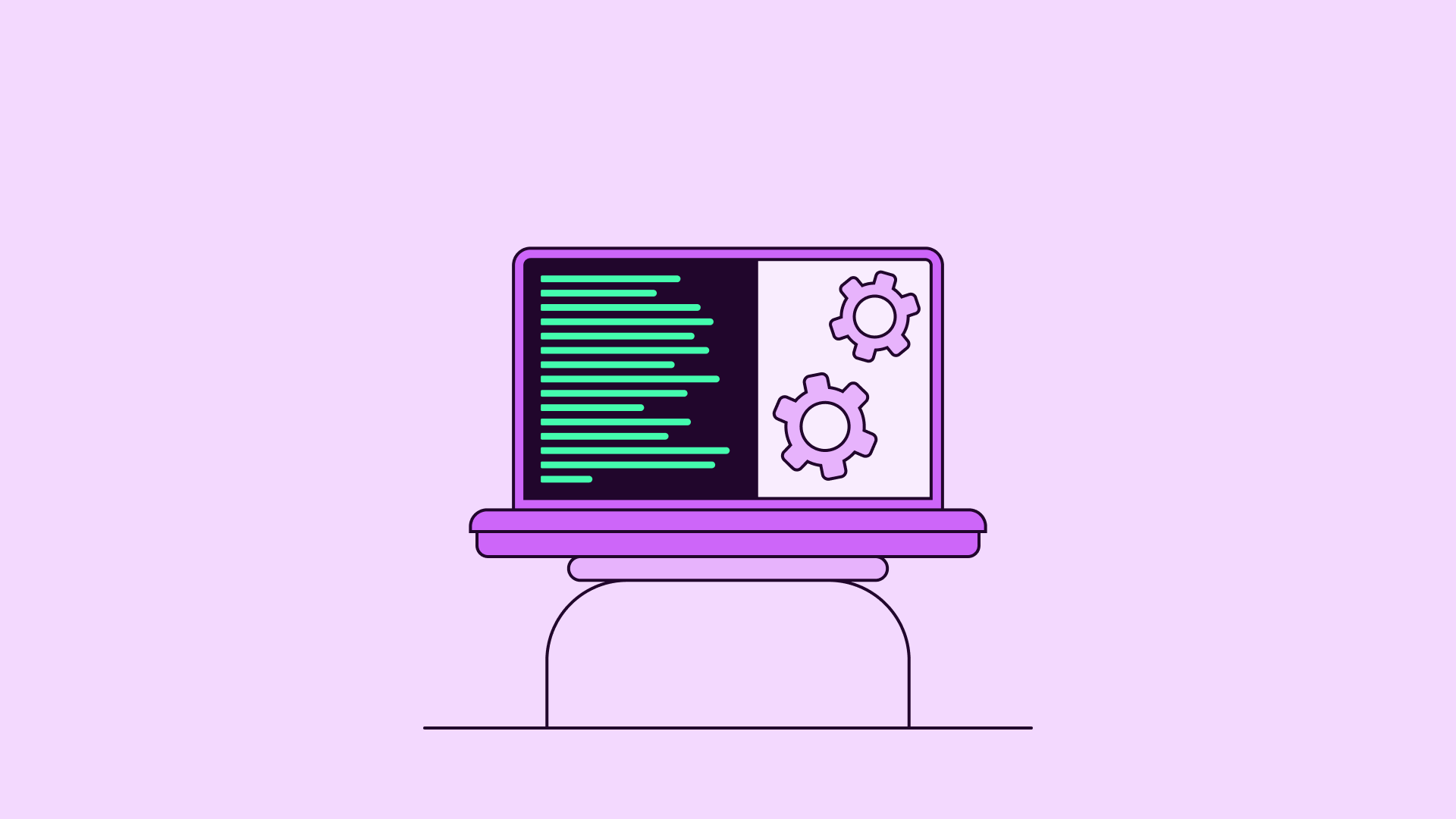
Healthcare Automations
6 min read
Workflow Analysis in Healthcare For Quality Improvement
Summary
Your Competitors Are Embracing AI – Are You Falling Behind?
Workflow analysis in healthcare is pivotal for enhancing efficiency, minimizing delays, and improving the quality of patient care.
By assessing the sequence of tasks across clinical and administrative processes, healthcare providers can identify bottlenecks, eliminate redundancies, and streamline operations.
When implemented effectively, workflow analysis not only improves operations but also supports better technology adoption, such as Electronic Health Records (EHRs).
TL;DR
- Healthcare workflow analysis evaluates clinical and administrative processes to optimize care delivery.
- Identifies inefficiencies, redundancies, and bottlenecks that impact patient care.
- Essential for aligning digital tools like EHRs with real-world clinical practice.
What Is Workflow Analysis in Healthcare?
Workflow analysis in healthcare involves studying the step-by-step processes carried out by clinicians, administrative staff, and other healthcare professionals. This includes patient intake, diagnosis, treatment, documentation, and discharge.
An effective clinical workflow analysis maps each interaction to uncover gaps, misalignments, or inefficiencies that could affect outcomes or resource utilization. It's particularly essential for EHR workflow analysis, ensuring that digital systems align with the practical needs and daily habits of care providers.
A clinical workflow analyst plays a central role in evaluating these patterns and recommending improvements. The goal is to ensure smoother patient transitions, reduced manual entry, and enhanced overall healthcare workflow optimization.
Benefits of Workflow Analysis for Healthcare Processes
Implementing workflow analysis of healthcare processes significantly benefits clinicians, administrators, and patients alike. Let’s explore some of the main advantages.
1. Improving Patient Outcomes
Optimizing workflows enables clinicians to dedicate more time to direct patient care and less to redundant tasks. With clear task delegation, quicker access to information, and reduced wait times, patients benefit from more timely interventions and improved clinical outcomes.
2. Supporting eHealth Implementation
Workflow analysis ensures that digital tools, such as EHRs or clinical decision support systems, integrate effectively into clinical routines. Misaligned tech implementations often fail due to poor fit; workflow assessments help adapt tools to real-world use cases and foster successful adoption.
3. Reducing Medical Errors
A detailed analysis of healthcare workflows reveals common errors that occur, such as during handoffs, documentation, or order entry. Addressing these vulnerabilities through workflow redesign can minimize risk and enhance patient safety throughout the care continuum.
4. Enhancing Operational Efficiency
Healthcare organizations that apply workflow analysis often uncover duplicated steps, inefficient communication channels, or manual bottlenecks. Streamlining these issues frees up resources, reduces overtime, and enables the management of more patients with the same staffing levels.
5. Increasing Staff Satisfaction
Clinicians and administrative staff often struggle with poorly designed systems. Workflow improvements reduce unnecessary complexity, allowing professionals to focus on high-value tasks and increasing morale, lowering burnout, and enhancing staff retention.
Examples of Workflow Analysis in Healthcare: 5 Use Cases
Workflow analysis in healthcare can be applied in various scenarios to benefit clinicians, patients, and administrative staff.
1. EHR Workflow Analysis
EHR workflow analysis involves evaluating how clinicians interact with electronic systems during routine care. For example, if note entry takes too long or requires duplicate input, analysts can redesign templates or implement speech-to-text tools to reduce charting time and improve user experience.
2. Medication Administration Workflow
Hospitals assess how medications are ordered, verified, and administered to identify gaps that could lead to adverse drug events. Streamlining this process—such as barcode scanning or real-time pharmacy verification—improves safety, reduces delays, and ensures proper documentation.
3. Patient Intake and Registration
Medical office workflow analysis often starts with front desk procedures. Automating insurance checks or pre-registration forms reduces paperwork, minimizes patient wait times, and ensures complete and accurate data is captured before clinical care begins.
4. Telehealth Integration
As telemedicine expands, workflow analysis helps providers understand how virtual visits integrate into established care routines. It addresses scheduling conflicts, platform usability, and patient communication, ensuring virtual care adds value without disrupting in-person workflows.
5. Discharge Planning
Hospital workflow analysis supports smoother transitions by ensuring discharge steps—such as patient education, follow-up scheduling, and medication reconciliation—are clearly defined. This reduces readmissions, improves continuity of care, and enhances patient satisfaction at discharge.
5 Stages of Healthcare Workflow Analysis
The process of healthcare workflow analysis can be broken down into five stages.
1. Identifying Workflow Components
This foundational step breaks down each clinical or administrative task into its individual components, including who performs it, how long it takes, and where it occurs. Visualizing these components with diagrams provides clarity and allows for more effective planning.
2. Data Collection
Collecting data from interviews, observations, EHR system logs, and time tracking provides a comprehensive view of current operations. Both qualitative and quantitative data are essential to understanding real workflow behavior versus perceived processes.
3. Data Analysis
Once collected, the data is analyzed for bottlenecks, duplications, and delays. Trends such as excessive charting time or long room turnover times can be identified and discussed with stakeholders to determine actionable insights.
4. Redesigning Workflow
Using tools like Lean or Six Sigma, teams redesign processes to remove inefficiencies and align tasks with optimal care delivery. Redesign may involve task reassignment, technology updates, or restructuring the physical space to improve workflow.
5. Implementation and Monitoring
New workflows are implemented, accompanied by staff training and real-time feedback mechanisms. Ongoing performance monitoring and stakeholder check-ins ensure the workflow changes are sustainable and continue to meet operational goals.
How to Measure Clinical Workflows: 4 Proven Methods & Approaches
There are several proven methods and approaches for effectively measuring clinical workflows.
1. Process Mapping
Process maps outline each task and decision point in a workflow, providing a clear visual representation of the workflow's structure. These visual tools help organizations identify unnecessary steps, long wait times, and confusing pathways that may not be apparent without a structured view.
2. Time-Motion Studies
These studies measure the time it takes to complete tasks, who performs them, and the frequency of transitions. They provide concrete evidence of time wastage, which can justify investments in automation or staff reallocation.
3. EHR Log Data Analysis
EHR systems track user clicks, time spent in each module, and workflow patterns. Analyzing this log data reveals friction points within the software and can be used to tailor user training or improve EHR configuration.
4. Staff Feedback and Observation
Firsthand input from clinical teams helps validate data and highlight unmeasured workflow issues. Observing processes in action can also uncover shadow systems or undocumented workarounds that disrupt efficiency and compliance.
7 Practical Tips to Effectively Analyze Workflows in Healthcare
Follow these seven practical tips to effectively analyze healthcare workflows.
1. Identify Key Components
Before beginning an analysis, clarify what parts of the workflow will be examined. Focusing on high-impact areas, such as medication administration or patient throughput, ensures meaningful insights.
2. Engage a Multidisciplinary Team
Involving a team from clinical, administrative, and IT departments brings a well-rounded perspective. These diverse voices ensure that improvements consider every part of the workflow from patient entry to discharge.
3. Combine Qualitative and Quantitative Data
Pair observational data with performance metrics to capture the full story. Numbers alone may indicate delays, but qualitative data explains the cause, such as unclear documentation requirements or outdated protocols.
4. Map Current Processes Visually
Creating visual flowcharts or swimlane diagrams highlights interactions between roles and identifies overlap or communication gaps. These visuals serve as tools for discussion and design.
5. Focus on Bottlenecks
Identify recurring points of delay or confusion. These might include approval stages, form duplication, or information handoffs—all of which can be redesigned or automated for better efficiency.
6. Apply Quality Improvement Tools
Utilize models such as PDSA or root cause analysis to test workflow changes incrementally. This structured approach enables teams to validate improvements without incurring large-scale disruptions.
7. Monitor Progress Over Time
Set performance indicators such as turnaround time, patient wait time, or task duration. Regularly track these metrics to assess whether workflow changes are achieving desired improvements.
Ready to unlock the full potential of your healthcare workflows?
With Keragon, you can move from insight to action by automating manual tasks, syncing systems like EHRs, and eliminating inefficiencies that slow down care.
Whether you're managing patient intake, treatment coordination, or post-visit follow-up, Keragon empowers your team with HIPAA-compliant, no-code automations that directly align with your workflow analysis findings. Don’t just identify bottlenecks—fix them.
Start building smarter workflows with Keragon today.
Final Thoughts on Clinical Workflow Analysis
Workflow analysis in healthcare is more than a diagnostic tool; it’s a continuous improvement strategy. Whether used for medical workflow management, EHR optimization, or clinic workflow assessment, it promotes safer care, happier staff, and more effective use of technology.
For healthcare systems seeking to adopt digital tools or enhance processes, workflow analysis is a foundational step to success.
Platforms like Keragon enable providers to implement, measure, and optimize healthcare workflows through automation and integration.
FAQs
What are the consequences of not analyzing healthcare workflows?
Neglecting workflow analysis can lead to higher medical errors, operational delays, increased costs, and lower patient and staff satisfaction.
Who should collect and analyze workflows?
A multidisciplinary team, including clinical staff, IT experts, and administrators, should collaboratively analyze workflows to capture both technical and experiential insights.
When should healthcare workflows be assessed?
Workflows should be assessed during tech implementation, process redesigns, after incidents, and regularly (e.g., annually) to ensure alignment with evolving needs.
What is EHR workflow analysis?
EHR workflow analysis focuses on how clinicians use electronic health records in their daily routines. It identifies inefficiencies, improves user experience, and aligns EHR functionality with clinical needs.
What is a clinical workflow analyst?
A clinical workflow analyst studies care delivery processes, collects data, and helps design optimized workflows. They serve as a bridge between technology teams and clinical staff.
What is healthcare workflow optimization?
Healthcare workflow optimization refers to the continuous effort to refine and streamline clinical and administrative processes for better efficiency, safety, and outcomes.
Unlock 300+ integrations with no hidden fees, bespoke rewards, and dedicated support
Related Articles








_%20Use%20Cases%20%26%20Benefits.png)


%20and%20Automation.png)


